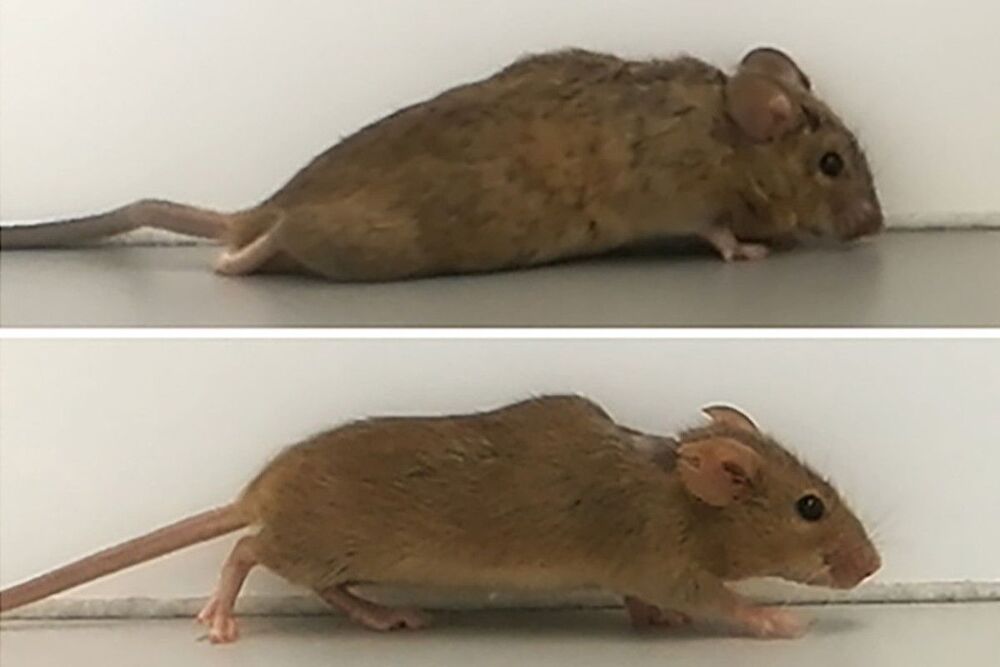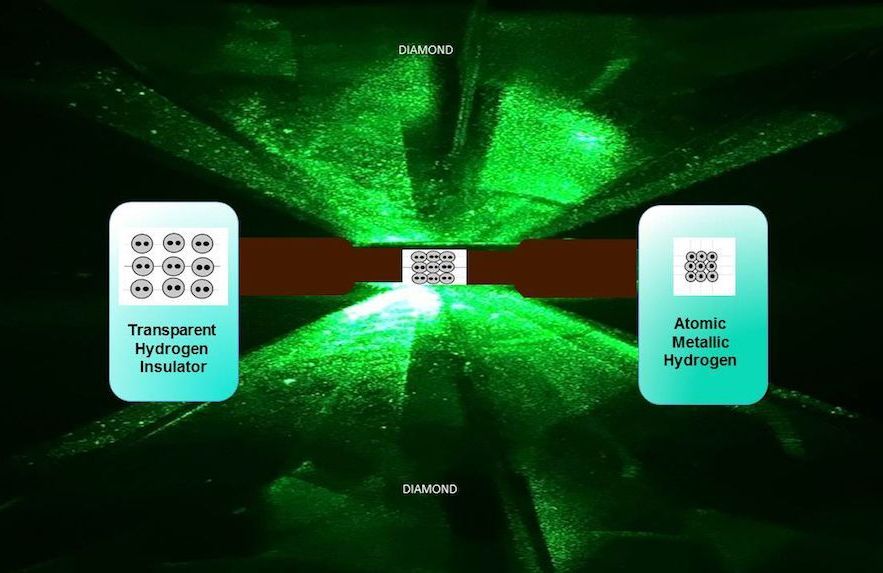Cryonics Institute www.cryonics.org
Like.


In a new study, German scientists have restored the ability to walk in mice that had been paralyzed after a complete spinal cord injury. The team created a “designer” signaling protein and injected it into the animals’ brains, stimulating their nerve cells to regenerate and share the recipe to make the protein.
Spinal cord injuries are among the most debilitating. Damaged nerve fibers (axons) may no longer be able to transmit signals between the brain and muscles, often resulting in paralysis to the lower limbs. Worse still, these axons cannot regenerate.
Previous studies have shown promise in restoring some limb function through spinal stimulation therapy, or by bypassing the injury site altogether. Other promising research in similar areas has involved using compounds that restore balance to the inhibitory/excitatory signals in the neurons of partially paralyzed mice, and transplanting regenerating nose nerve cells into the spines of injured dogs.

No that’s not clickbait.
Being able to stop and reverse aging is probably something every single person has yearned for at some point in their life. Now researchers are finally seeing successful implementations of methods for reversing aging in Animal cells. This creates the potential for countless benefits for humans. These range from simply preventing age related illness all the way to allowing women the opportunity to have kids at any point in their life when they are ready. We are living in very exciting scientific times.
References:
Reprogramming to recover youthful epigenetic information and restore vision — https://doi.org/10.1038/s41586-020-2975-4
NAD+ Repletion Rescues Female Fertility during Reproductive Aging — https://doi.org/10.1016/j.celrep.2020.01.
Nicotinamide adenine dinucleotide extends the lifespan of Caenorhabditis elegans mediated by sir-2.1 and daf-16 — https://doi.org/10.1007/s10522-009-9225-3
Age-related NAD+ decline — https://doi.org/10.1016/j.exger.2020.

A team of researchers affiliated with several institutions in China has used drones to create a prototype of a small airborne quantum network. In their paper published in the journal Physical Review Letters, the researchers describe sending entangled particles from one drone to another and from a drone to the ground.
Computer scientists, physicists and engineers have been working over the last several years toward building a usable quantum network —doing so would involve sending entangled particles between users and the result would be the most secure network ever made. As part of that effort, researchers have sent entangled particles over fiber cables, between towers and even from satellites to the ground. In this new effort, the researchers have added a new element—drones.
To build a long-range quantum network, satellites appear to be the ideal solution. But for smaller networks, such as for communications between users in the same city, another option is needed. While towers can be of some use, they are subject to weather and blockage, intentional or otherwise. To get around this problem, the researchers used drones to carry the signals.


Circa 2017
Livescience.com | By LIVESCIENCE
Two tiny diamond anvils have been used to squeeze hydrogen to high enough pressures to produce solid metallic hydrogen, a long-theorized form of the element.

On Januray 25th, we will discuss different aspects of longtermism — a concept of effective altruism. To decide which ist the best action to take we usually consider the effects of our actions on the short-or medium-term future — whether we save someone’s life, or mitigate sexism or racism in the next generation. According to longtermism that is wildly mistaken. The value of our actions is determined almost exclusively by their effects on the future in the very long-run — the next millions and billions of years. Their effects on the next 100 or even 1000 years are just about irrelevant. Our everyday thinking is radically short-sighted, and common evaluations perhaps dramatically wrong. In this online meetup, we will look at a compelling justification for longtermism, at its historical roots, and some of its practical implications — e.g. concerning existential risks, or the idea that our time might be the most important in the history of humanity. Free discord session on 9:30 — 11:30 AM PST 11:30 — 13:30 AM DST.
What is the best action we can take? According to longtermism we should consider the effects on the future in the very long run — the next millions and billions of years — to answer this question.
